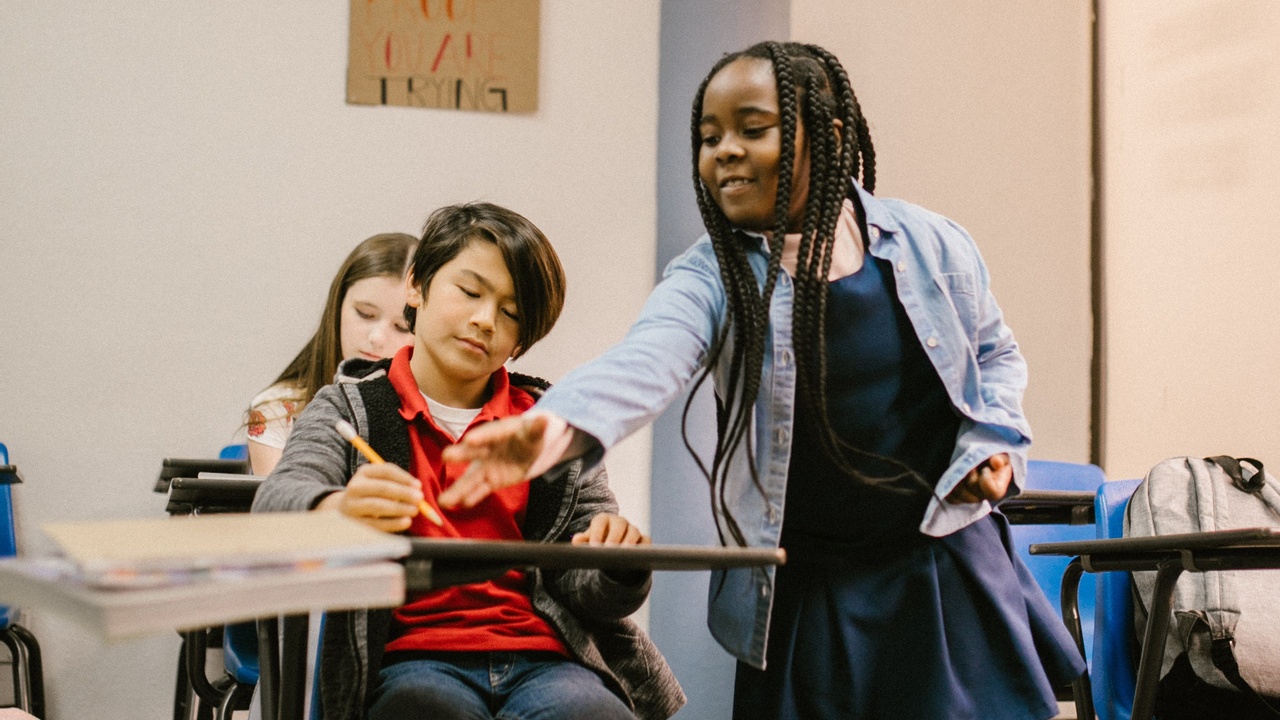Preparing Students for Mastery Learning - How to Start a Year - Part 2

It's hard to believe that school starts in six days. If you are like me, you wonder where the summer went. The past eighteen months have been like no other. Yet the more I think about education and the more I chat with educators from around the world, the more convinced I am that one of the great needs in education is to move to a Mastery/Competency Based learning model. So many of our students will return with some gaps in their knowledge and they will all show up in my class this coming Monday.
To that end I will be spending the first week of class teaching my students how to learn via a Flipped-Mastery model where students are semi-asynchronously moving through the curriculum.
In this post, I will share with you portions of the documents my students will receive on the first day. In them, I explain how mastery will work, why we are learning via mastery and some explanations about how this is tied into our grading. Note that these accompany the four videos I have made which were in the first part blog post.
Welcome
We are about to embark on a learning journey where we will learn deeply about our universe and how it works, and see the wonder of the natural world.
How the Course Will Operate
This is a mastery-based course, and it will likely run quite differently than other courses that you may have taken. In a mastery-based course, you must master content before you move onto the next topic/chapter.
Why Mastery
Have you ever been in a class where you furiously took notes and then got lost? You then took the test and things didn’t go so well? Wouldn’t it be nice to get a second chance or even a third? In a mastery course, your goal is to master the content, not earn a grade. If you “fail” a test, you can take it over. I believe that people shouldn’t be punished for learning slowly, but rather see learning as an opportunity to grow. That is in fact how people learn. Have you ever watched a toddler learning to walk? They first start out by falling down. And then they get up and then fall down...and then get up...and then fall down. You get the idea. Some start walking earlier than others but eventually, almost everyone learns to walk. And as I am sure you are aware; science is based around the notion of failure. Thomas Edison famously said: “I have not failed; I’ve just found 10,000 ways that won’t work.”
So failure is not failure. I like to think of it as the acronym
F=First A=Attempt I=In L=Learning
PhiLL Notebook (Physics Interactive Learning Log)
You will need to maintain an organized Physics notebook. It is called your PhILL Notebook (Physics Interactive Learning Log). In it you will keep all of your notes, quite a few of your labs, and it will serve as a learning tool you will use throughout the year. There is an introductory video that explains how to set it up. Follow this carefully. As part of each unit (level), you will get one grade on how well you maintain your notebook. Part of maintaining your notebook is to cut out some handouts and paste them into the notebook so that all of your work is in one place. Scissors and glue sticks are your friend. You will either receive 75%, 85%, or 95% depending on how you do according to the following rubric.
 Missions
Missions
Each week you will be given a benchmark as to which lessons (we will refer to these as missions) you need to master. Typically, there are between 4-8 missions per level. Each mission has three levels of achievement
- Basic Understanding “I sorta get it”
- Clear Understanding “I get it”
- Deep Understanding “I really get it”
For each mission, you will choose the level you want to master (Basic, Clear, Deep). There are requirements to demonstrate the different levels of understanding in the “Mission Tracker.” The “Mission Tracker” is a rubric that shows you how to master the material at the three different levels. You can see the full "Mission Tracker" later in this packet.
Boss Battles
Once you master all of the missions in a Level you can level up by taking one of three different boss battles. Think of a “Boss Battle” as a major test. You must score at least an 80% on every boss battle to level up. You can only take each boss battle three times. The three boss battles are:
- Basic Understanding Boss Battle “I sorta get it” – Score 80% and your Boss Battle grade = 75%
- Clear Understanding Boss Battle “I get it” – Score 80% and your Boss Battle grade = 85%
- Deep Understanding Boss Battle “I totally get it” – Score 80% and your Boss Battle grade = 95%
Additionally, for every four percent, you are above 80% you will get an additional percentage point above the base score. For example, if you take the “Clear Understanding Boss Battle” and score 88% you will get an 85% + 2% = 88%.
Grading Missions
Missions will be graded when you master each of the elements in each mission. See an example below. 
Teachers and Educators: I hope this gives you some ideas on how to get started with Mastery Learning. You may also want to read some of my other blog posts about Mastery Learning. I encourage you to join my mailing list where you can learn more about how to implement Mastery Learning in a real classroom setting. Please add questions and comments below.
Jon's created several courses that will help you in the age of AI. Each short course will help you become a better teacher.
